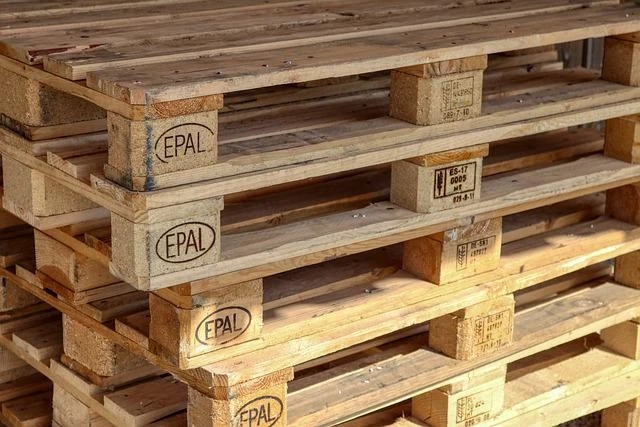The invention of the pallet in the 1930s radically changed the transport and storage of goods. Although, today, a variety of materials is used in their construction, including plastic and metal, the majority are still made of softwood or hardwood. Heat-treatment is a process unique to wooden pallets, which involves a drying procedure that both strengthens and sterilises them. Once treated, they are safe to use for any purpose, including the transport of food and medical supplies. Heat treated pallets in London and throughout the country\'s logistics hubs play an essential role in the secure movement of goods and they are ideal for long-distance carriage across the UK and in Europe.
If your business relies on the use of wooden pallets, either to dispatch or receive products, it\'s important that you understand their uses, their limitations and the regulatory framework with which you are obliged to comply. Here are the five most important things you need to know.
ISPM15
It\'s impossible to say how many heat treated pallets in London are used every day but it runs into many thousands. Heat-treatment is mandatory under the International Phytosanitary Standard for Wood Packaging, ISPM15, which has been adopted across the EU and in another 50 countries from Brazil to Taiwan. Although the movement of goods within the EU is exempt from the standard, all goods entering or leaving the EU bloc must comply.
What Does Heat Treatment Entail?
To comply with this standard, the pallets or pallet wood must be heated to a temperature of at least 56 degrees Celsius for a minimum of 30 minutes. The heat must penetrate to the core of the wood. Kiln-drying is just one of the options. Others include microwave technology and heat-enabled chemical pressure impregnation. No single method is prescribed provided that it complies with these requirements.
Is There an Alternative to Heat Treatment?
The requirement is not optional. However, in addition to heat treatment, it\'s common for wooden pallets to undergo sterilisation measures using a toxic pesticide such as methyl bromide. This helps to kill spores and bacteria as well as providing protection from insects, decay and mould.
How Long Does a Heat Treated Pallet Last?
Once a pallet has undergone heat treatment, it will remain compliant with ISPM15 for the rest of its life. The treatment is a one-off procedure. Treated pallets can continue to be usable for as long as they remain intact and capable of bearing the loads for which they are designed, but they need to be regularly checked for wear, cracks and structural weaknesses. Interestingly, the process strengthens the wood by removing moisture and this also reduces their weight.
Their longevity largely depends on how they are used and whether they are exposed to significant sources of contaminant. Heat treated pallets in London tend to have a punishing life, used intensively for relatively short transportation in environments that may involve frequent exposure to toxicity, but provided that they are well maintained, they will remain compliant. Maintenance will often entail repair. If you need to replace any broken parts then the wood you use must also be treated so that the integrity of the entire pallet is not compromised.
How Can You Tell if a Pallet Has Been Heat Treated?
All forms of wooden packaging are covered by ISPM15. Once the wood has been debarked, it is treated with one of the methods described above. After the process has been completed, the treated wood or pallet is stamped with the International Plant Protection Convention (IPPC) mark of compliance. This is made up of four features.
The first is the \'wheat stamp\', which displays the IPPC mark. Next to this, you\'ll find the ISO two-letter country code, which in the case of the UK is \'GB\'. After the code, comes the unique registration number of the company which performed the heat treatment. Finally, underneath the country ID is the code that describes the treatment used. For example, debarking and heat treatment is denoted by the letters \'DB-H\'\' while debarking and fumigation by Methyl Bromide is verified as \'DB-MB\'.
Supplies of Heat Treated Pallets in London
Heat treated wooden pallets are the norm, but it\'s important to use a supplier that can guarantee compliance and you should always check that any pallets you use carry the correct code, clearly visible.



